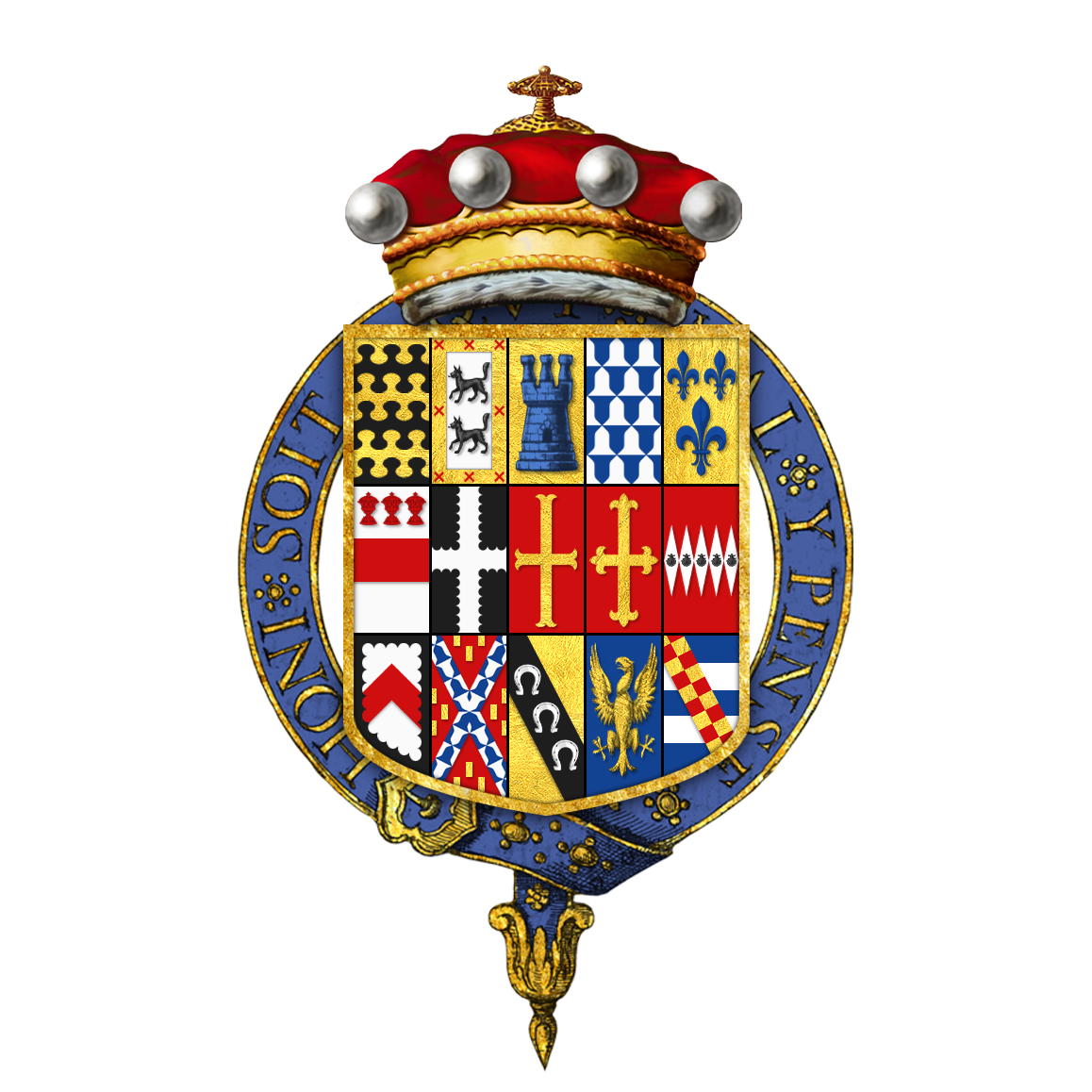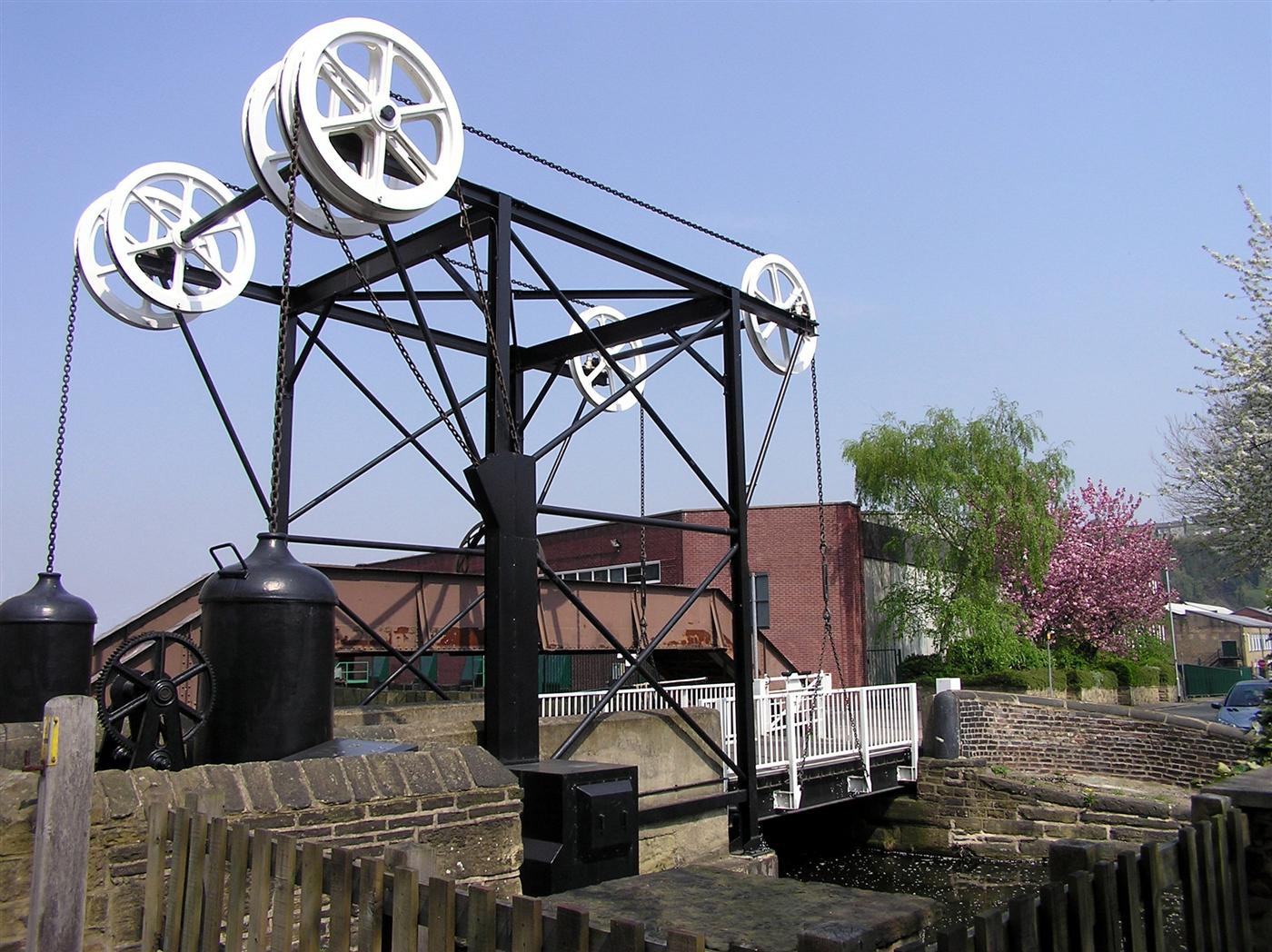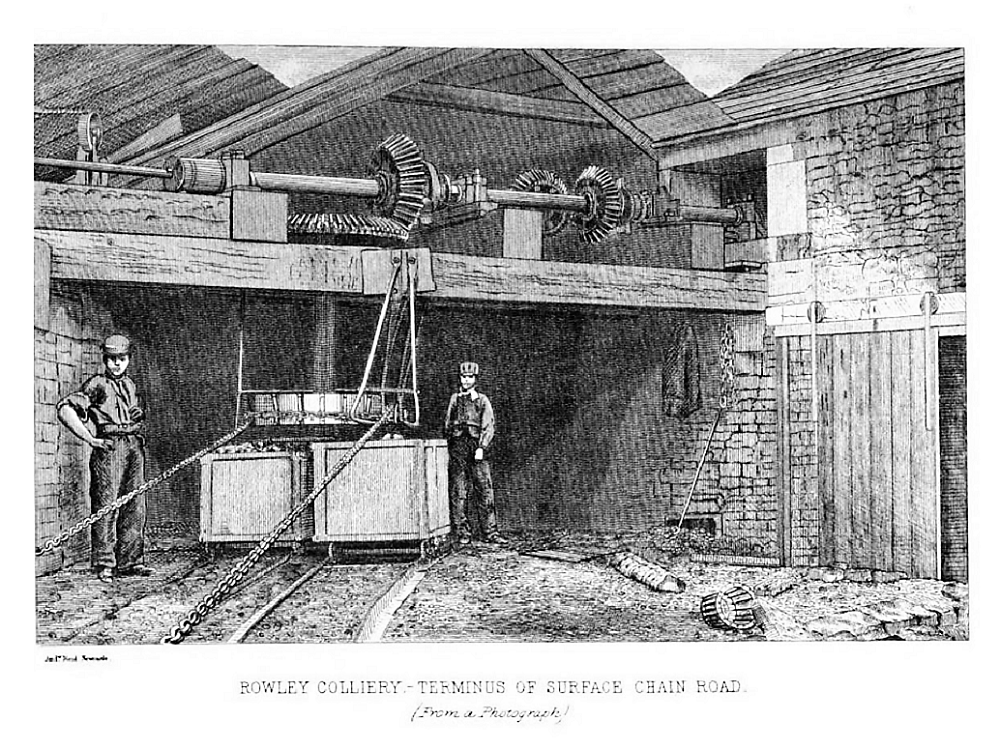|
Habergham Eaves
Habergham Eaves is a civil parish in the borough of Burnley, in Lancashire, England. The parish consists of a rural area south of Burnley, and suburban areas on the outskirts of the town, including a large industrial estate in the north-west corner of the parish. Habergham is also the name of an area west of Burnley, although it is no longer within the parish. According to the United Kingdom Census 2011, the parish has a population of 1,466. The A646 Padiham to Todmorden road runs approximately along the northern boundary of the parish. Surrounding areas include the unparished areas of Burnley and Rossendale, and the parishes of Hapton, Dunnockshaw and Cliviger. History Early forms of the name include "Habringham", with the third and second elements probably from the Old English words , meaning home and in this sense meaning "of the". Its first is less certain, possibly with meaning high hill or mountain—perhaps the origin of Horelaw, the name of the hill on which th ... [...More Info...] [...Related Items...] OR: [Wikipedia] [Google] [Baidu] |
Burnley (borough)
The Borough of Burnley () is a local government district with the borough status in Lancashire, England. It has an area of and a population of (), and is named after its largest town, Burnley. Other notable settlements include Padiham, Hapton, Worsthorne, Briercliffe and Cliviger. The borough is bounded by Hyndburn, Ribble Valley, Pendle, Rossendale – all in Lancashire – and the borough of Calderdale in West Yorkshire. It is governed by Burnley Borough Council, which is currently under no overall control following the 2019 local elections. History The district was formed on 1 April 1974, when the former county borough of Burnley merged with the urban district of Padiham and part of Burnley Rural District. The council is based at Burnley Town Hall. 1976 saw all of the district's councillors stand for re-election as all the borough's wards were abolished and replaced with 22 new ones with a total of 54 seats. Although the majority of the new wards elect ... [...More Info...] [...Related Items...] OR: [Wikipedia] [Google] [Baidu] |
Township (England)
In England, a township (Latin: ''villa'') is a local division or district of a large parish containing a village or small town usually having its own church. A township may or may not be coterminous with a chapelry, manor, or any other minor area of local administration. The township is distinguished from the following: *Vill: traditionally, among legal historians, a ''vill'' referred to the tract of land of a rural community, whereas ''township'' was used when referring to the tax and legal administration of that community. *Chapelry: the 'parish' of a chapel (a church without full parochial functions). *Tithing: the basic unit of the medieval Frankpledge system. 'Township' is, however, sometimes used loosely for any of the above. History In many areas of England, the basic unit of civil administration was the parish, generally identical with the ecclesiastical parish. However, in some cases, particularly in Northern England, there was a lesser unit called a township, being a ... [...More Info...] [...Related Items...] OR: [Wikipedia] [Google] [Baidu] |
Rochdale
Rochdale ( ) is a large town in Greater Manchester, England, at the foothills of the South Pennines in the dale on the River Roch, northwest of Oldham and northeast of Manchester. It is the administrative centre of the Metropolitan Borough of Rochdale, which had a population of 211,699 in the 2011 census. Located within the historic boundaries of the county of Lancashire. Rochdale's recorded history begins with an entry in the Domesday Book of 1086 under "Recedham Manor". The ancient parish of Rochdale was a division of the hundred of Salford and one of the largest ecclesiastical parishes in England, comprising several townships. By 1251, Rochdale had become important enough to have been granted a Royal charter. Rochdale flourished into a centre of northern England's woollen trade, and by the early 18th century was described as being "remarkable for many wealthy merchants". Rochdale rose to prominence in the 19th century as a mill town and centre for textile manufacture ... [...More Info...] [...Related Items...] OR: [Wikipedia] [Google] [Baidu] |
Turnpike Trust
Turnpike trusts were bodies set up by individual Acts of Parliament in the United Kingdom, acts of Parliament, with powers to collect road toll road, tolls for maintaining the principal roads in Kingdom of Great Britain, Britain from the 17th but especially during the 18th and 19th centuries. At the peak, in the 1830s, over 1,000 trusts administered around of turnpike road in England and Wales, taking tolls at almost 8,000 toll-gates and side-bars. During the early 19th century the concept of the turnpike trust was adopted and adapted to manage roads within the British Empire (Ireland, Canada, Australia, New Zealand, India, and South Africa) and in the United States. Turnpikes declined with the Railway mania, coming of the railways and then the Local Government Act 1888 gave responsibility for maintaining main roads to county councils and county borough councils. Etymology The term "turnpike" originates from the similarity of the gate used to control access to the road, to ... [...More Info...] [...Related Items...] OR: [Wikipedia] [Google] [Baidu] |
Charles Blount, 8th Baron Mountjoy
Charles Blount, 1st Earl of Devonshire, KG (pronounced ''Blunt''; 15633 April 1606) was an English nobleman and soldier who served as Lord Deputy of Ireland under Queen Elizabeth I, and later as Lord Lieutenant of Ireland under King James I. He succeeded to the family title as 8th Baron Mountjoy in 1594, before commanding the Crown's forces during the final years of Tyrone's Rebellion. He was able to defeat Tyrone at the Battle of Kinsale, and captured his headquarters at Dungannon before peace was agreed at the Treaty of Mellifont in 1603. Early life The second son of James, 6th Baron Mountjoy and Catherine, only daughter of Sir Thomas Leigh (Commissioner for Suppression of the Monasteries), Charles Blount was among the most distinguished of the family, succeeding as 8th Baron Mountjoy on the death of his unmarried elder brother William, 7th Baron Mountjoy. The good fortune of his youthful and handsome looks found favour with Queen Elizabeth I which aroused the jeal ... [...More Info...] [...Related Items...] OR: [Wikipedia] [Google] [Baidu] |
James VI And I
James VI and I (James Charles Stuart; 19 June 1566 – 27 March 1625) was King of Scotland as James VI from 24 July 1567 and King of England and Ireland as James I from the union of the Scottish and English crowns on 24 March 1603 until his death in 1625. The kingdoms of Scotland and England were individual sovereign states, with their own parliaments, judiciaries, and laws, though both were ruled by James in personal union. James was the son of Mary, Queen of Scots, and a great-great-grandson of Henry VII, King of England and Lord of Ireland, and thus a potential successor to all three thrones. He succeeded to the Scottish throne at the age of thirteen months, after his mother was compelled to abdicate in his favour. Four different regents governed during his minority, which ended officially in 1578, though he did not gain full control of his government until 1583. In 1603, he succeeded Elizabeth I, the last Tudor monarch of England and Ireland, who died childless. He ... [...More Info...] [...Related Items...] OR: [Wikipedia] [Google] [Baidu] |
Windlass
The windlass is an apparatus for moving heavy weights. Typically, a windlass consists of a horizontal cylinder (barrel), which is rotated by the turn of a crank or belt. A winch is affixed to one or both ends, and a cable or rope is wound around the winch, pulling a weight attached to the opposite end. The Greek scientist Archimedes was the inventor of the windlass. The oldest depiction of a windlass for raising water can be found in the Book of Agriculture published in 1313 by the Chinese official Wang Zhen of the Yuan Dynasty ( 1290–1333). Uses *Vitruvius, a military engineer writing about 28 BC, defined a machine as "a combination of timber fastened together, chiefly efficacious in moving great weights." About a century later, Hero of Alexandria summarized the practice of his day by naming the "five simple machines" for "moving a given weight by a given force" as the lever, windlass, screw for power, wedge, and tackle block (pulley). Until nearly the end of the nine ... [...More Info...] [...Related Items...] OR: [Wikipedia] [Google] [Baidu] |
Duchy Of Lancaster
The Duchy of Lancaster is the private estate of the Monarchy of the United Kingdom, British sovereign as Duke of Lancaster. The principal purpose of the estate is to provide a source of independent income to the sovereign. The estate consists of a portfolio of lands, properties and assets held in trust for the sovereign and is administered separately from the Crown Estate. The duchy consists of of land holdings (including rural estates and farmland), urban developments, historic buildings and some commercial properties across England and Wales, particularly in Cheshire, Staffordshire, Derbyshire, Lincolnshire, Yorkshire, Lancashire and the Liberty of the Savoy, Savoy Estate in London. The Duchy of Lancaster is one of two duchies in England, royal duchies: the other is the Duchy of Cornwall, which provides income to the Duke of Cornwall, a title which is traditionally held by the Prince of Wales. As of the financial year ending 31 March 2022, the estate was valued at £652.8 mill ... [...More Info...] [...Related Items...] OR: [Wikipedia] [Google] [Baidu] |
Towneley Family
The Towneley or Townley family are an English (UK) family whose ancestry can be traced back to Anglo-Saxon England. Towneley Hall in Burnley, Lancashire, was the family seat until its sale, together with the surrounding park, to the corporation of Burnley in 1901. Towneley Hall is now a Grade I listed building and a large museum and art gallery within Towneley Park (UK). Early members of the branch of the family at Towneley Hall served as soldiers, some holding positions such as High Sheriff of Lancashire. However, they generally retained the Catholic faith meaning that from the mid-16th century they were fined and imprisoned for recusancy and banned from public office until the Roman Catholic Relief Act of 1829. Other branches of the family were based at Hurstwood near Towneley, Royle on the opposite side of Burnley and later Littleton in Surrey, Dutton close to Ribchester, Barnside near Colne, and Carr Hall and Stonedge near Barrowford. The Towneleys of Towneley Hall Som ... [...More Info...] [...Related Items...] OR: [Wikipedia] [Google] [Baidu] |
Burnley Coalfield
The Burnley Coalfield is the most northerly portion of the Lancashire Coalfield. Surrounding Burnley, Nelson, Blackburn and Accrington, it is separated from the larger southern part by an area of Millstone Grit that forms the Rossendale anticline. Occupying a syncline, it stretches from Blackburn past Colne to the Yorkshire border where its eastern flank is the Pennine anticline. Geography and geology The Burnley Coalfield which surrounds Burnley, Nelson, Blackburn and Accrington is the most northerly portion of the Lancashire Coalfield. The Rossendale anticline, an area of Millstone Grit, separates it from the larger southern part of the coalfield. Occupying a syncline bounded by the Pendle monocline to the north, the coalfield stretches from Blackburn, eastwards past Colne to the Pennine anticline on the border with Yorkshire. The coalfield's seams are the Westphalian Coal Measures of the Carboniferous period, laid down from the vegetation of tropical swampy forests mo ... [...More Info...] [...Related Items...] OR: [Wikipedia] [Google] [Baidu] |
Late Medieval
The Late Middle Ages or Late Medieval Period was the period of European history lasting from AD 1300 to 1500. The Late Middle Ages followed the High Middle Ages and preceded the onset of the early modern period (and in much of Europe, the Renaissance). Around 1300, centuries of prosperity and growth in Europe came to a halt. A series of famines and plagues, including the Great Famine of 1315–1317 and the Black Death, reduced the population to around half of what it had been before the calamities. Along with depopulation came social unrest and endemic warfare. France and England experienced serious peasant uprisings, such as the Jacquerie and the Peasants' Revolt, as well as over a century of intermittent conflict, the Hundred Years' War. To add to the many problems of the period, the unity of the Catholic Church was temporarily shattered by the Western Schism. Collectively, those events are sometimes called the Crisis of the Late Middle Ages. Despite the crises, the 14th ce ... [...More Info...] [...Related Items...] OR: [Wikipedia] [Google] [Baidu] |
Butter Cross
A buttercross, also known as butter cross or butter market, is a type of market cross associated with English market towns and dating from medieval times. Its name originates from the fact that they were located at the market place, where people from neighbouring villages would gather to buy locally produced butter, milk and eggs. The fresh produce was laid out and displayed on the circular stepped bases of the cross. Their design varies from place to place, but they are often covered by some type of roof to offer shelter, although the roofs were mostly added at a much later date than the original cross they cover. Known buttercrosses Examples from most parts of England include: *Abbots Bromley, Staffordshire *Alnwick, Northumberland *Alveley, Shropshire *Bainton, Cambridgeshire *Barnard Castle, County Durham ( Barnard Castle Market Cross) *Barrow, Rutland *Biddulph, Staffordshire *Bingham, Nottinghamshire *Bingley, West Yorkshire *Brigg, Lincolnshire *Bungay, Suffolk *Burwell ... [...More Info...] [...Related Items...] OR: [Wikipedia] [Google] [Baidu] |









